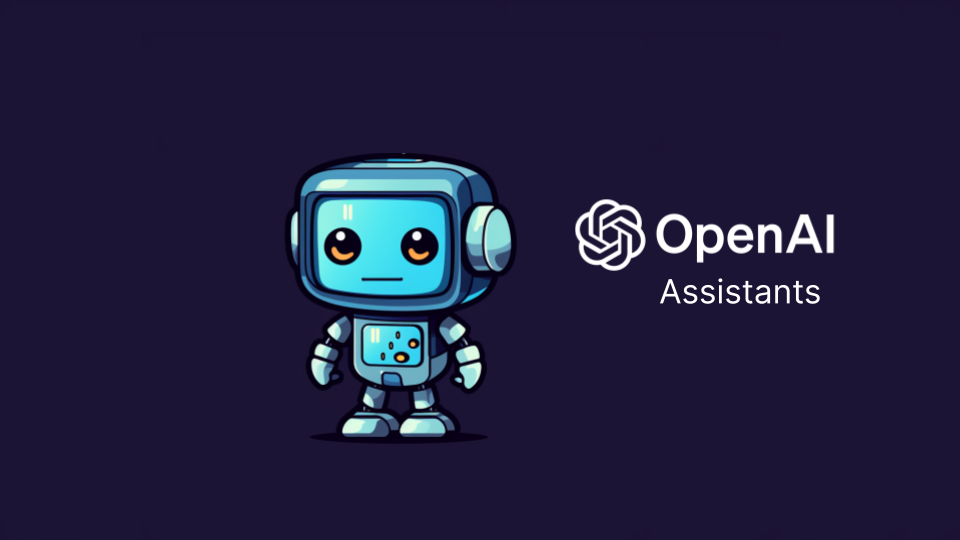Technology trends and the hype surrounding them come and go, and when the dust settles, we end up with new tools in our toolbox for better ways to develop, deploy, and use software. The recent explosion of interest in artificial intelligence (AI) sparked by the release of ChatGPT is a classic example. The first year of excitement was a great time to explore and experiment with large language models and other aspects of generative AI. Now, it is time to apply what we have learned to real-world applications. It’s time to integrate AI into your front- and back-office to deliver greater productivity, personalization, and understanding.
While helping our customers implement this emerging technology, we have learned that integrating AI solutions into existing processes and tools is the best way to benefit from this new functionality. Instead of focusing on replacing human roles, AI integration takes incremental steps that enhance employee skills and contributions, making them more productive and creative.
In this article, we will examine what AI integration is, explore the benefits and challenges, and share some best practices.
What Is AI Integration?
AI integration is the process of taking the proper mix of different AI technologies and connecting them to existing tools and processes, usually using agile software development methods.
When something as powerful as AI systems comes along, it is tempting to try to get ahead of the curve and start replacing everything with new technology. However, integration is the preferred way of harnessing the power of AI, it takes a systematic approach to introduce incremental changes.
Sure, well-funded R&D organizations and tech giants have the resources to create new AI-powered products from scratch. The rest of us can benefit from integration into existing and proven tools.
We tend to think of AI as the result of interacting with AI technology — like a picture you generate of a green pig watering a garden on Mars — rather than the components that make it up. Those components are classified as artificial intelligence because they perform tasks that usually require human intelligence.
AI tools consist of modules that organize data, understand natural language, find patterns, predict solutions to problems, and make decisions based on available information. Machine learning (ML), neural networks, natural language processing (NLP), computer vision, and game playing are the most common subsets of AI technologies. Developers combine the modules needed for a given use case to create a predictive engine.
The predictive engine only becomes a useful tool when combined with data and an interface. Data provides information to the engine, data the AI algorithms base their calculations on. The interface allows users and other software systems to input requests and receive information through application program interfaces (APIs) or human-machine interfaces (HMIs).
The implementation becomes integration when we connect this combination of data, AI decision-making, and interfaces into an existing process or tool, ideally in an incremental way that enhances existing software and human capabilities rather than replacing them. The goal of a successful AI implementation should be to automate and streamline repetitive tasks and provide actionable information to free up humans to focus on more creative and analytical activities.
Benefits of AI Integration
Technology is moving fast, not just around AI, and the expectations of users and customers continue to increase. Companies that want their digital systems to improve their efficiency and differentiate their customer experience can use AI integration to make a substantial difference.
Those advantages can be grouped into three categories: personalization, automation, and information.
Impactful Personalization
Before the current frameworks for AI existed, personalization was crude and often driven by specific settings that were up to the user to define. When you couple comprehensive data capturing of the customer experience with generative AI, you can predict what type of information, format, delivery method, or detail each customer prefers.
Value Added Automation
Process automation is the most visible and impactful aspect of any digital transformation effort — using software to replace cumbersome, error-prone, and time-consuming manual tasks. With AI tools, companies are automating a growing number of tasks that used to require a human. And, when done right, instead of replacing a person, AI-driven automation can free you up to do other tasks of greater value.
Actionable Insight
Actionable insight is understandable information about your business that can be used to make informed decisions. Data analytics has leveraged AI, especially machine learning, to identify trends and patterns in data sets. Recent improvements in AI features, especially large language models (LLMs), predict behavior, summarize trends, and provide users with possible solutions to problems. When integrated properly, AI can greatly improve the accuracy and depth of the conclusions drawn from your data.
5 Challenges to Implementing AI Integration
The challenges you will face when executing AI projects are similar to those in any software development effort. However, our experience has shown us that good data and focus on a narrow application are even more important for this type of effort.
Here are the five challenges you and your team should prepare to address.
1. Insufficient or Unstructured Data
Whether you are pulling data from external sources or using your own internal business or customer data, the quality and structure of your data directly influence the capabilities of AI integration. Not having your own data in your own repository for processing or training your machine learning algorithms, called a data lake, leaves you susceptible to someone else who controls access to the data your tools need.
2. Lacking Focus
The importance of focus and working with the right partner is no different for AI development projects than for any other dev effort. The newness and unknowns around the integration of AI make it even easier to become distracted, so your team should use strict controls around backlog management to make sure that self-assignment doesn’t lead to development efforts working on tasks that don’t support the project’s goals. If that team includes an experienced partner, they can drive that focus.
AI is still new enough for most teams to lack team members with AI-driven development experience. AI technology introduced new paradigms that take time to learn and leverage. Working with a partner who has AI integration experience can overcome this challenge quickly.
3. Taking on Too Big of a Problem
The potential power of AI projects makes swinging for the fences attractive. However, the complexity and multitude of AI models make it hard to keep the focus on reengineering the entire customer experience or replacing a proven back-office tool. Starting small with a manageable and measurable AI project is better.
4. Following Data Privacy Rules
Because data is fundamental to the success of your AI integration, it is easy to lose track of the rules that control data use. This is particularly true in healthcare applications but can impact almost any form of data analysis where information is proprietary or gathered from individuals. If your application is outward-facing, how you access and present data raises ethical and legal questions that your team needs to be aware of.
5. Scaling Issues
No matter how good your AI integration is, it won’t benefit your customers or your company if it does not scale properly. Scalability should be automatic as the amount of data and number of users increases. Scaling is achieved through the proper architecture, the right hardware, and flexible modular software components that grow with your needs.
5 Best Practices for a Successful AI Integration
A good place to start an AI Integration project is to recognize that integrating AI into existing processes and tools is just like modernizing a legacy system. Many of the suggestions for success that work in a general upgrade project apply to AI integration. Here are five suggestions to make your next AI Integration project a success.
1. Set Narrow and Measurable Goals
To avoid taking on too much and losing focus, identify a narrow set of goals for your initiatives and make sure you can capture useful metrics on the impact of your changes. Instead of focusing on “increase annual revenue,” set a goal like “shorten average time between follow-on orders.”
2. Concentrate on Enhancing Existing Processes and Tools
Adding AI tools to what you have in place leverages existing internal knowledge and data. Instead of starting with a blank sheet, streamlining established workflows through the use of AI gets to impact faster with less risk.
3. Prioritize Possible Solutions
Work with stakeholders to understand the impact of each possible solution and prioritize where you can integrate AI. Designing for product market fit, even for internal tools, is a great way to set priorities.
4. Enhance Your Team’s Roles, Don’t Replace Them
When planning automation using AI integration, focus on harnessing the expertise of employees rather than replacing them with technology. Use predictive analytics and deep learning to move users into a role where they can be more creative and make more informed decisions.
5. Experiment Often and Add Data to Your Models
Improve the impact of your AI solutions by building experimentation into your deployment. The experiments should not just change what the tool does, but measure the impact of those changes in a way that can be added to your data set.
Now Is the Time to Leverage AI Integration
The latest enhancements to AI solutions are just the start of a revolution that could touch every aspect of our personal and business lives. And those that understand, plan for, and implement the technology in incremental yet significant ways will have a competitive advantage. Whether you’re in the business of insurance, e-commerce, automotive, restaurants, or healthcare, AI tools like large language models, machine learning, and predictive analytics can deliver real results. You can wait for others to pave the way, or you can be part of the evolution going on across industries.
If you are ready to explore how AI Integration can be the game changer you are looking for, you need a team to build and deliver the right product as a partner. From chatbots to supply chain planning to healthcare solutions, Focused Labs has the experience and the processes that bring customers back time and again. Let’s build great software together.






